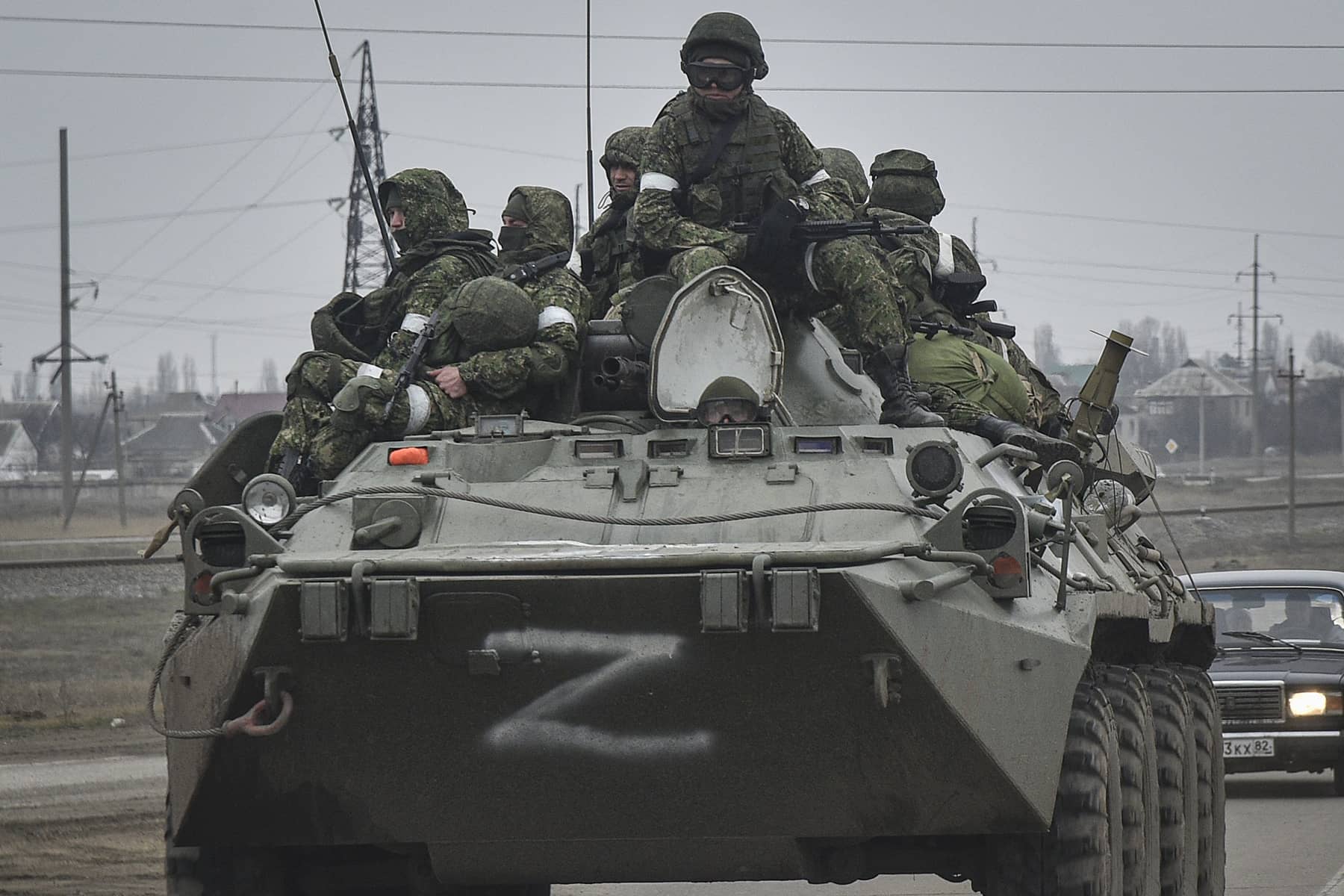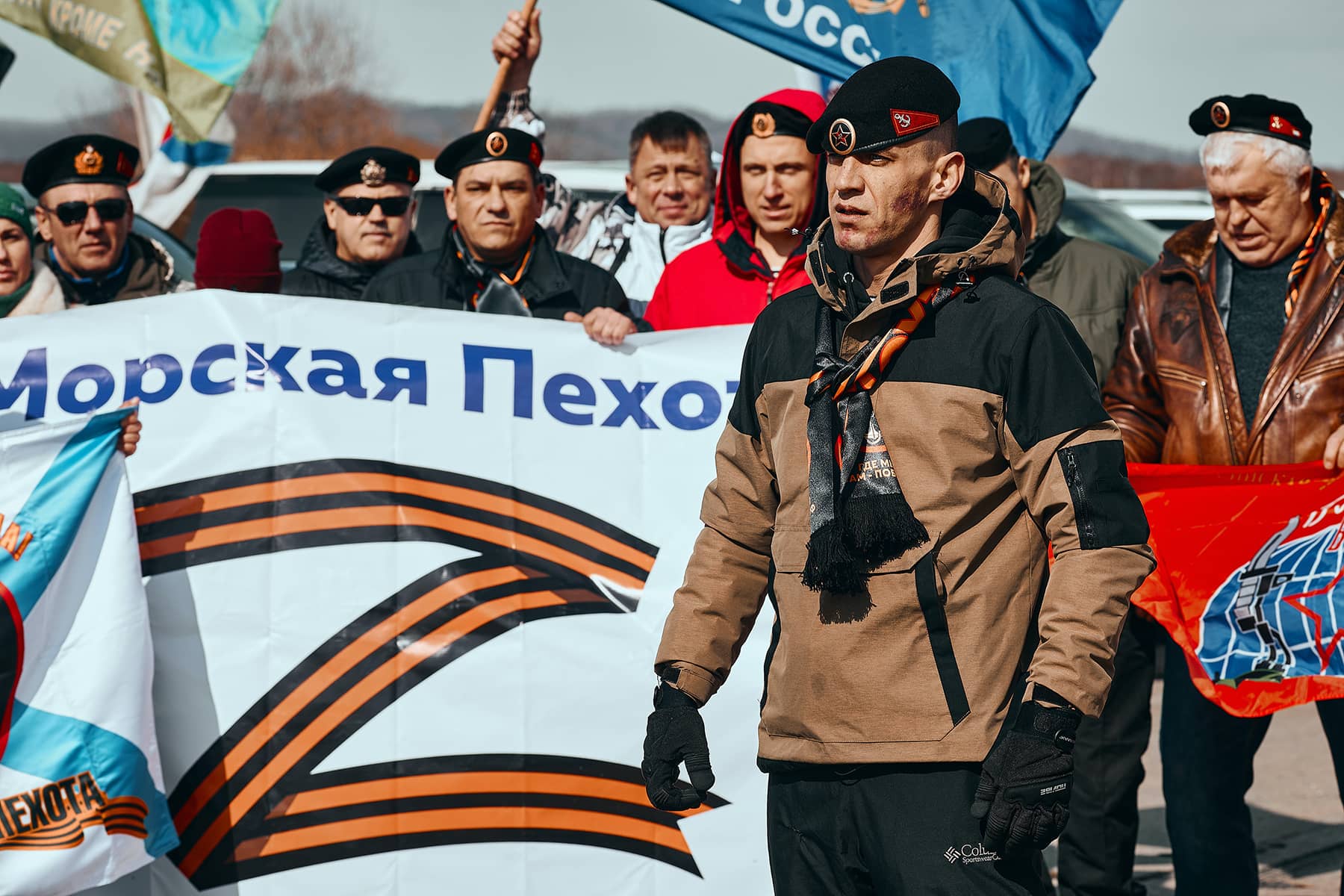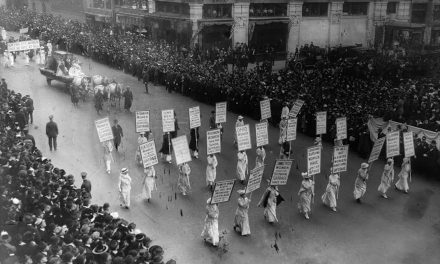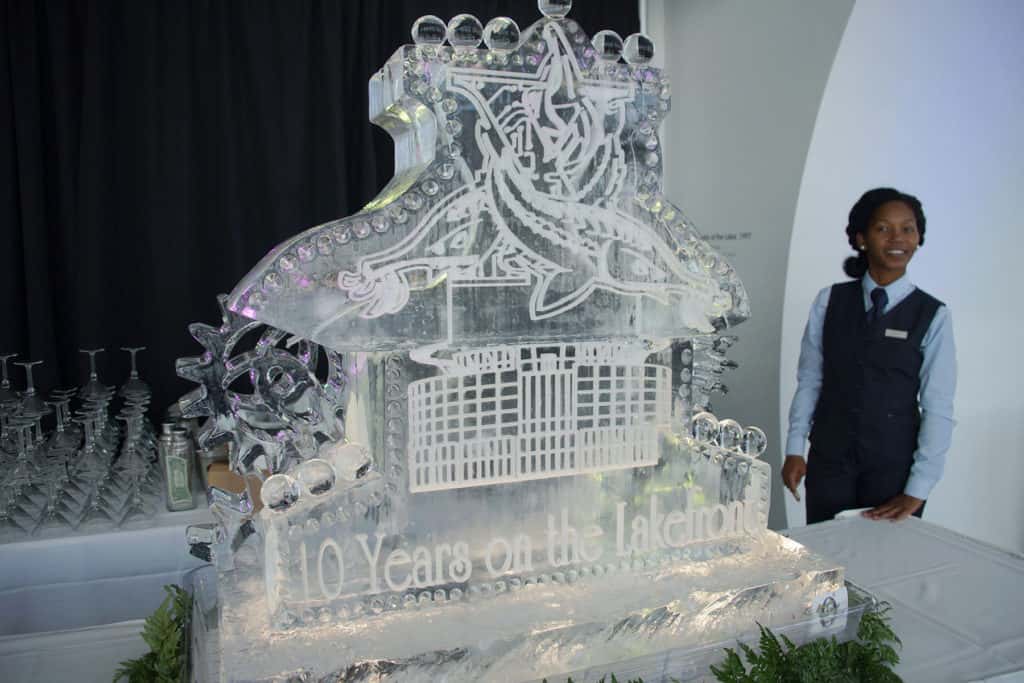
Russians around the world have been daubing the white letter on black backgrounds to denote support for their army fighting in Ukraine. The adoption of the “Z” as a symbolic expression of support is viewed as particularly controversial as it was originally daubed on tanks attacking Ukrainian cities.
As Russia’s military campaign into Ukraine continues to fuel Western condemnation, a radically different portrait of the conflict is emerging in Russia. While the Ukrainians claim thousands of Russian troops have died, U.S. military analysts believe the true death toll to be somewhere between the Russian and Ukrainian figures.
But it is not just death tolls that appear out of step in Russia. Russian media are only supposed to report on the war using official, government-approved sources. Media is tightly restricted in Russia, and lawmakers voted to punish those spreading “fake news” about the conflict with up to 15 years in prison. Just a handful of independent media organizations remain in Russia.
Despite the muzzling of critical voices in the media, anti-war demonstrations show no signs of stopping. In the meantime, government supporters are using the letter Z as a pro-war symbol to show solidarity with the armed forces.
Just three days after the invasion, the Kremlin-funded state network RT announced on its social media channels that it was selling Z merchandise, including T-shirts and hoodies, to show support for Russian troops. Since then, countless mobs across the country have been organized by the authorities, in which young Russians are seen wearing a Z shirt while displaying their support for the war. The Z letter has also been painted on large Soviet-era apartment blocks and posted on street advertisement signs.
The operation has been referred to by some as “Operation Z,” based on the distinctive letter “Z” markings on the Russian military and support vehicles. And it is the largest and most complex military campaign staged by Moscow since its invasion of Afghanistan in 1979.
In one video being shared on social media, former spy Maria Butina, convicted of espionage in the United States, can be seen drawing a “Z” on her jacket. Russian gymnast Ivan Kuliak wore the “Z” symbol on his shirt during an event in Doha, and now faces disciplinary proceedings. As a propaganda stunt in the city of Kazan, a group of terminally ill children in a cancer hospice were lined up to form the letter “Z” in the snow.
The Latin letter “Z” is not found in the Cyrillic alphabet. However, after making its mysterious debut on military vehicles involved in the invasion, it has become a nationalistic emblem appearing on T-shirts, posters, and cars across Russia.
More ominously, “Z” has been used as an intimidation tactic against those who oppose the war. Members of the opposition art collective Pussy Riot, as well as the anti-war NGO Memorial, have said the “Z” symbol was painted on the door of their flat. Whether “Z” will continue to represent the conflict is still unknown. But for now, the symbol has become a visual representation of Russia’s war in Ukraine.
Sеrkаn Yіldіz
Unedited version originally published as Russia tightens grip on media amid Ukraine war















